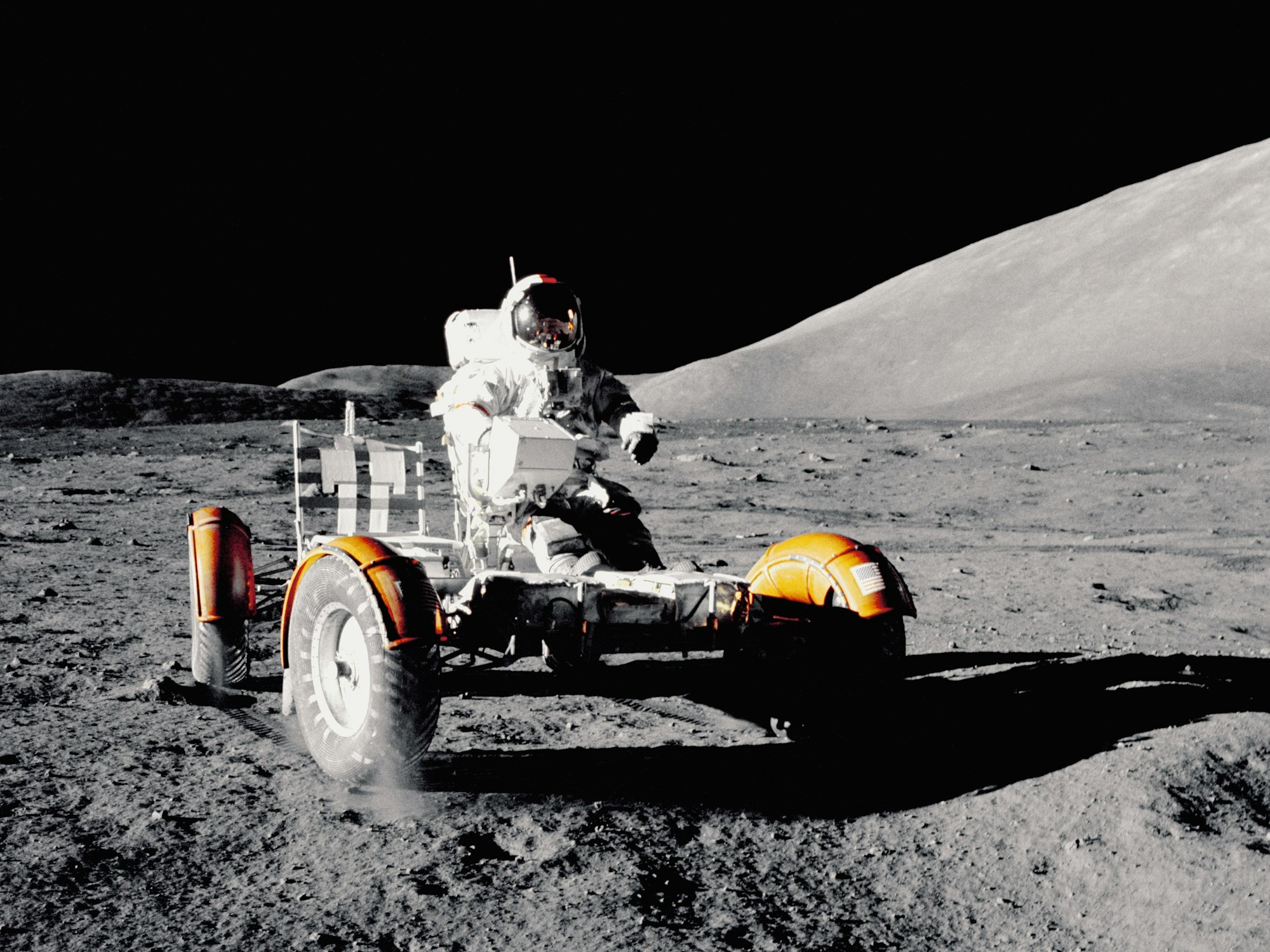Welcome back to Wayfinder, your fortnightly compass for navigating life’s toughest decisions.
Today we’re zooming out to consider the boundaries of our capabilities and the notion of circles of competence.
The Cautionary Tale of the Spruce Goose
The year was 1947. Howard Hughes was already an acclaimed businessman, film producer and aviation innovator. But now he embarked on his most ambitious project yet - constructing the largest aircraft in history, the H-4 Hercules, better known as the Spruce Goose.
This massive flying boat, with a wingspan longer than a football field, was Hughes’ attempt to transport troops and materials by air during World War II.
On paper, the passion project made sense. Hughes had demonstrated brilliance in aerospace engineering through record-breaking feats prior to this. But skills in nimble aviation innovation did not translate to excellence in large-scale military manufacturing.
As development dragged on for years over schedule and over budget, the Spruce Goose barely flew once before being retired. Hughes had overreached far beyond his circle of competence.
His Airness Overreaches
In 2003 Michael Jordan had just retired from an illustrious NBA career. But he'd also just been fired.
In the last 3 years of his career, before negotiating a 2-year contract to play for the Washington Wizards, he actually joined the Wizard's front office to lead basketball operations.
On paper, it made sense. Arguably basketball’s GOAT (Lebron wasn't drafted until 2003), with unparalleled insight into top-tier talent and a relentless drive to win.
But Jordan the executive proved startlingly fallible. Questionable draft picks and mediocre rosters followed during his tenure. By 2003, he was abruptly dismissed.
Several years later he acquired a majority stake in the Charlotte Bobcats, which eventually became the Hornets. But his luck didn't change - his tenure with Charlotte was largely innefective. The only silver lining perhaps being that they could sign LaMelo Ball before Jordan sold his ownership stake in 2023.
Jordan excelled within his tight circle of competence on the court. But in the front office, he was out of his depth despite confidence from his superstar athlete status. Excellence in one domain does not automatically confer competence in another.
The Circle Concept
Legendary investor Warren Buffett famously coined this term, relating it to baseball slugger Ted Williams’ approach.
Williams studied his strengths so meticulously that he broke down his hitting capability into 77 zones. This rigorous self-awareness of his exact areas of excellence allowed Williams to largely ignore balls outside his sweet spots.
“The trick to investing is to just sit there and watch pitch after pitch sail by and if people are yelling ‘swing you bum’. Ignore them.” - Warren Buffet
Your circle of competence encompasses:
- The domains you have strong capabilities in
- A realistic assessment and awareness of what you do NOT know
An expansive, inflated circle will lead to overconfidence and mistakes. A narrow, restricted circle may lead to missed opportunities that were actually within reach.
Plotting an accurate circle of competence requires honest self-evaluation about your areas of excellence - and ignorance.
The goal is not to have the widest circle possible, but to operate effectively within your circle, while accounting for your limitations. After all, you cannot properly evaluate opportunities beyond your understanding or capabilities.
As visionary inventor Charles Kettering put it:
“A problem well-stated is a problem half-solved.”
Defining Your Circle
Here are 3 steps for mapping out your own circle of competence:
- Catalogue your hard and soft skills, credentials, talents and track record. Look for the throughline - your differentiating expertise.
- Next, note what major domains are clearly outside your wheelhouse at this stage. No individual can be competent at everything. Ignorance is inevitable.
- Define the perimeter - the fuzzy boundaries between your core competencies and peripheral knowledge. This halo may be ripe for expanding your circle with targeted learning.
Armed with an honest mapping of your capabilities landscape, you can focus your efforts within your circle of competence.
Just as crucially, you can recognise situations where relying purely on your own judgment would be foolish or even dangerous.
Instead, seek diverse perspectives from those with expertise in those areas outside your lane.
Leveraging Community
Acknowledging the edges of your solo competence creates opportunities to tap into collective intelligence.
"The greatest obstacle to discovery is not ignorance - it is the illusion of knowledge.” - Daniel Boorstin
Surrounding yourself with advisors, mentors and colleagues with radically different expertise helps illuminate your blindspots.
It highlights areas for growth while also providing alternate vantage points to complement your viewpoint - leading to wiser decisions and the identification of breakthrough opportunities.
Reflection:
- Do you have a clear sense of your core differentiating competencies versus peripheral knowledge? How can you define this more sharply?
- What disciplines or domains are clearly beyond your current competencies? Where might you be overestimating your degree of competence?
- Who do you know that can complement the gaps in your understanding? How can you tap into their radically different perspectives?
The better you know where you're strong and where you're weak, the more you can fortify against mistakes and fly forward with confidence.
Stay decisive.








